A very powerful and aggressive predator, which lived on earth in the Cretaceous period, more than 84 million years ago. It is considered one of the fiercest predators that dominated land before the age of the dinosaurs.
Although the ancient Egyptian did not worship animals, the manuscripts of the Greek historian Herodotus in the fifth century BC, indicated that worshiping the Nile crocodile was in dispute among Egyptians. Some of them considered it sacred, while others felt disgusted about, and left no room to attack it.
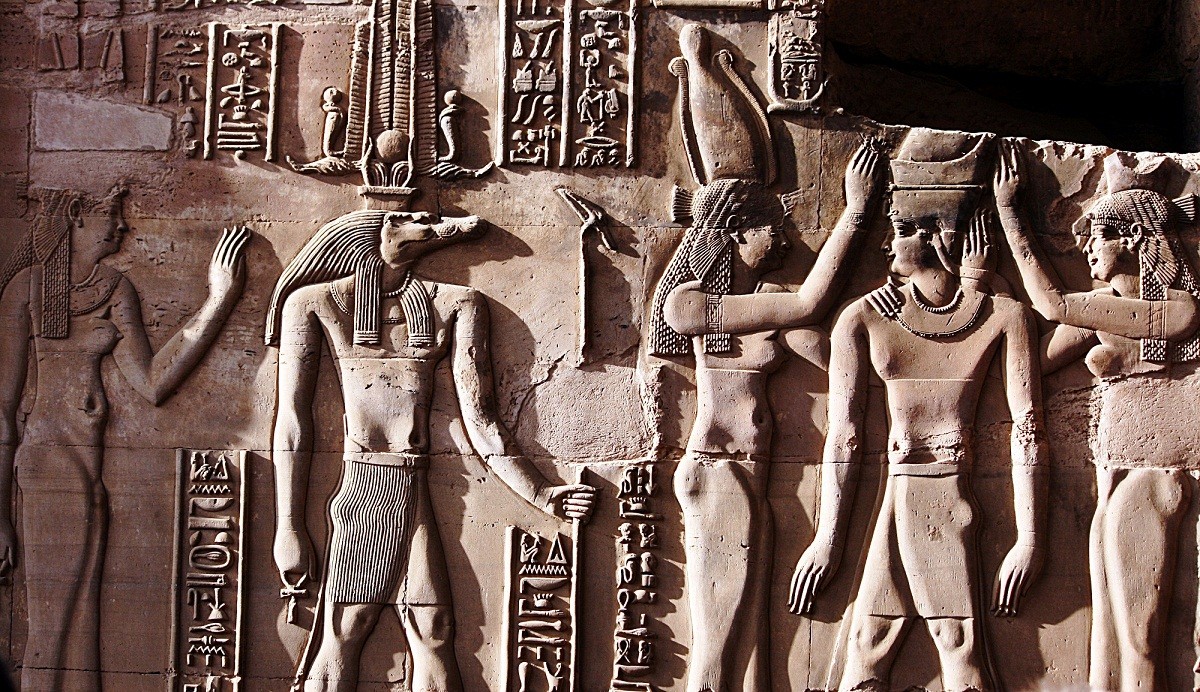
The Nile crocodile is the largest freshwater predator, the second-largest reptile in the world, after the saltwater crocodile. The ancient Egyptians seemed to have a rather soft spot for the Nile crocodile. Inscriptions on the walls of the temple of Kom Ombo, dating back to 117 BC, depict how the ancient Egyptian worshiped those reptiles. Those reliefs show gods giving the god "Sobek" reign. It is a pharaonic name meaning "the crocodile god," which was depicted by the ancient Egyptian on the walls of temples and tombs in the form of a human body and a crocodile head.
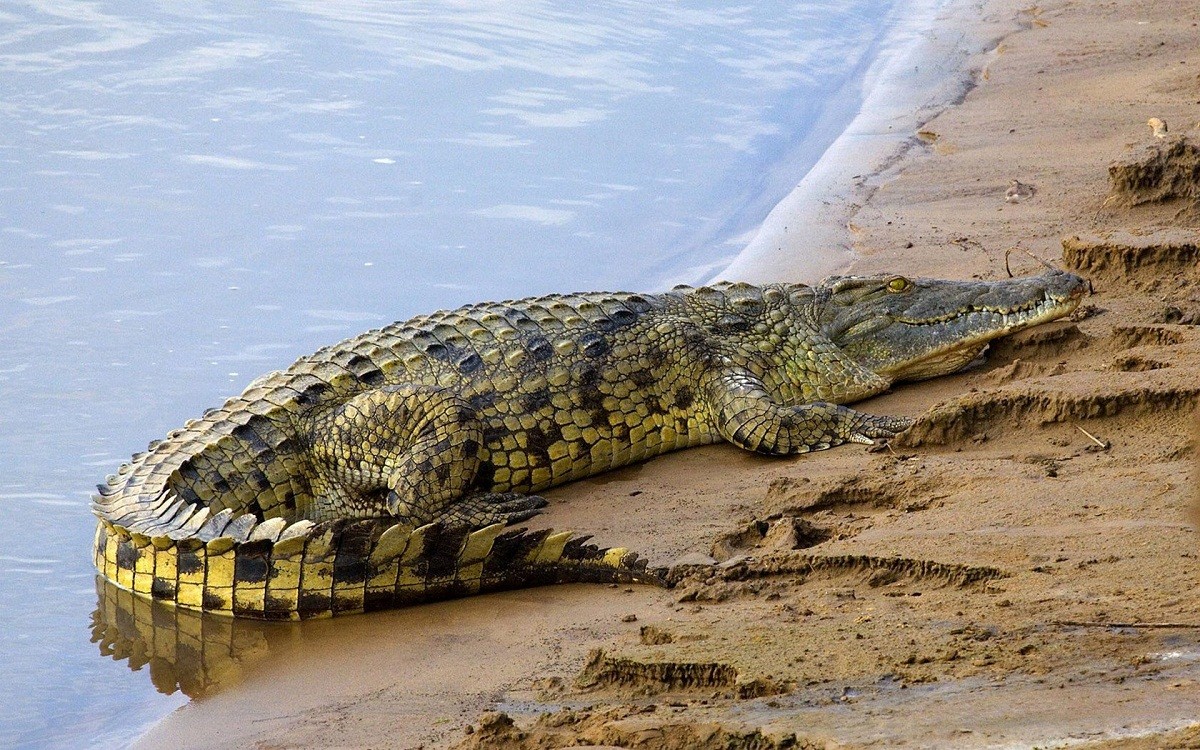
Although the discovery of crocodile mummies confirms that worshiping it was in all parts of Egypt, Kom Ombo and Fayoum were the center of worship. There is the temple of "Sob" and "Horus" in Kom Ombo, while in Fayoum, there is the "Crocodile" city, where the temple of "Sobek" that is considered the oldest building of crocodile worship, and established in the 19th century BC.
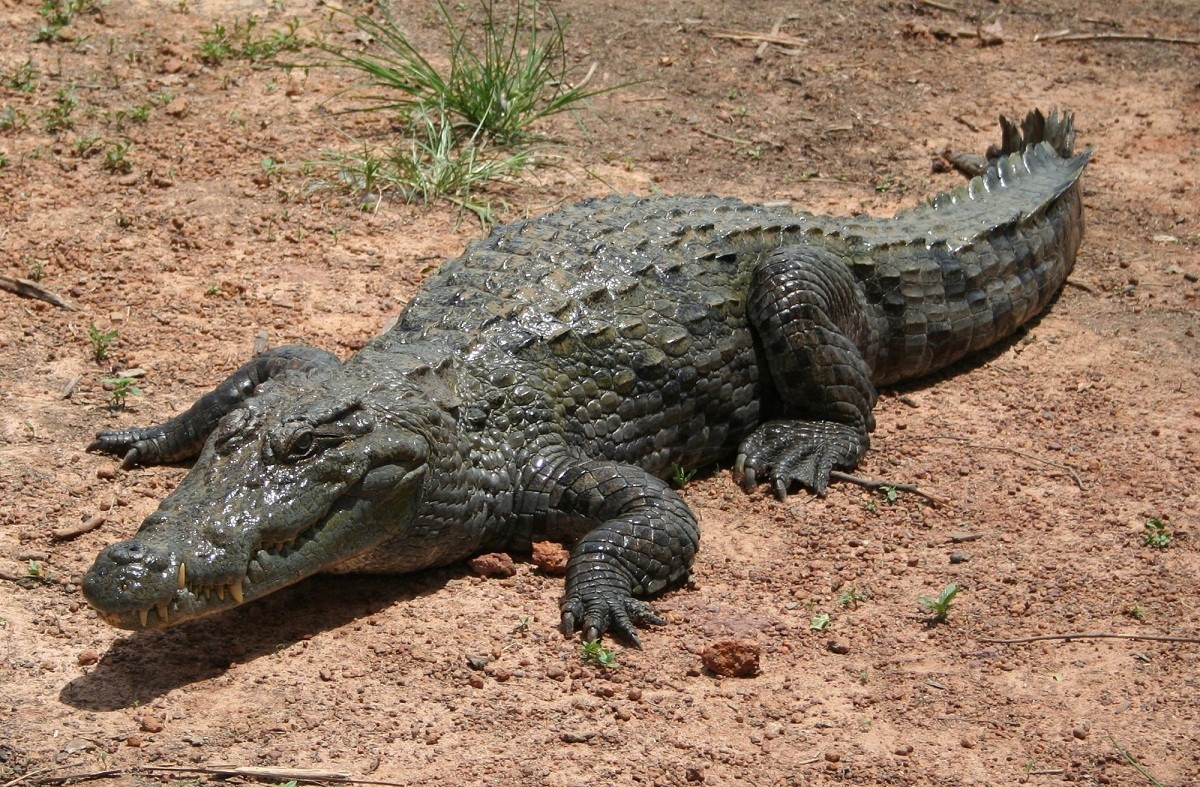
The worship of God Sobek had flourished greatly in the 18th and 17th centuries BC. That was evident, when several rulers of the 13th dynasty had adopted names associated with it, such as Sobek Hetep, and Sobek Nefer, until the worship of the crocodile in the Middle Kingdom of Egypt had become as great as the worship of Amun. In addition, Nile crocodile had been worshiped in the form of "Subk Ra" in one form of the sun god, and was taken as a logo of six regions in Upper Egypt.
The Nile crocodile belongs to the Crocodilia order, whose maximum length from head to tail is of about 6.5 meters. It usually weighs about 225 kg, but can sometimes weighs up to about 730 kg.
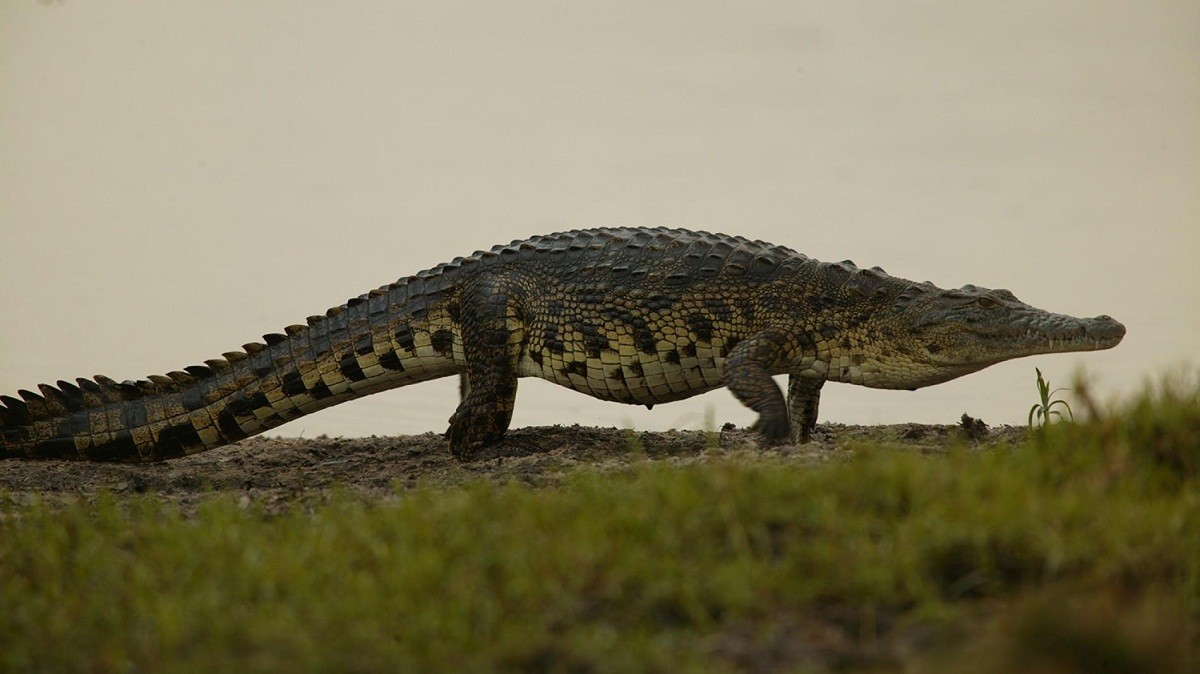
Although the crocodile has two lungs, it is unable to stay underwater for long time. Its back is covered with strong scales that are immune against arrows and spears. It has four short feet, which by can walk quickly on the wet ground, and a long powerful tail. The mouth of Nile crocodile is filled with sharply pointed, cone-shaped teeth that can be replaced; 60 teeth in the upper jaw, and 40 teeth in the lower jaw, enable it to grab the largest animals, which come near the shore. Its strong jaw muscles help it hold prey under the water for long periods, until it is dead. Hatchlings have a hardened piece of skin on the top of their mouths called the egg tooth, which they use to break through their eggshells at hatching.
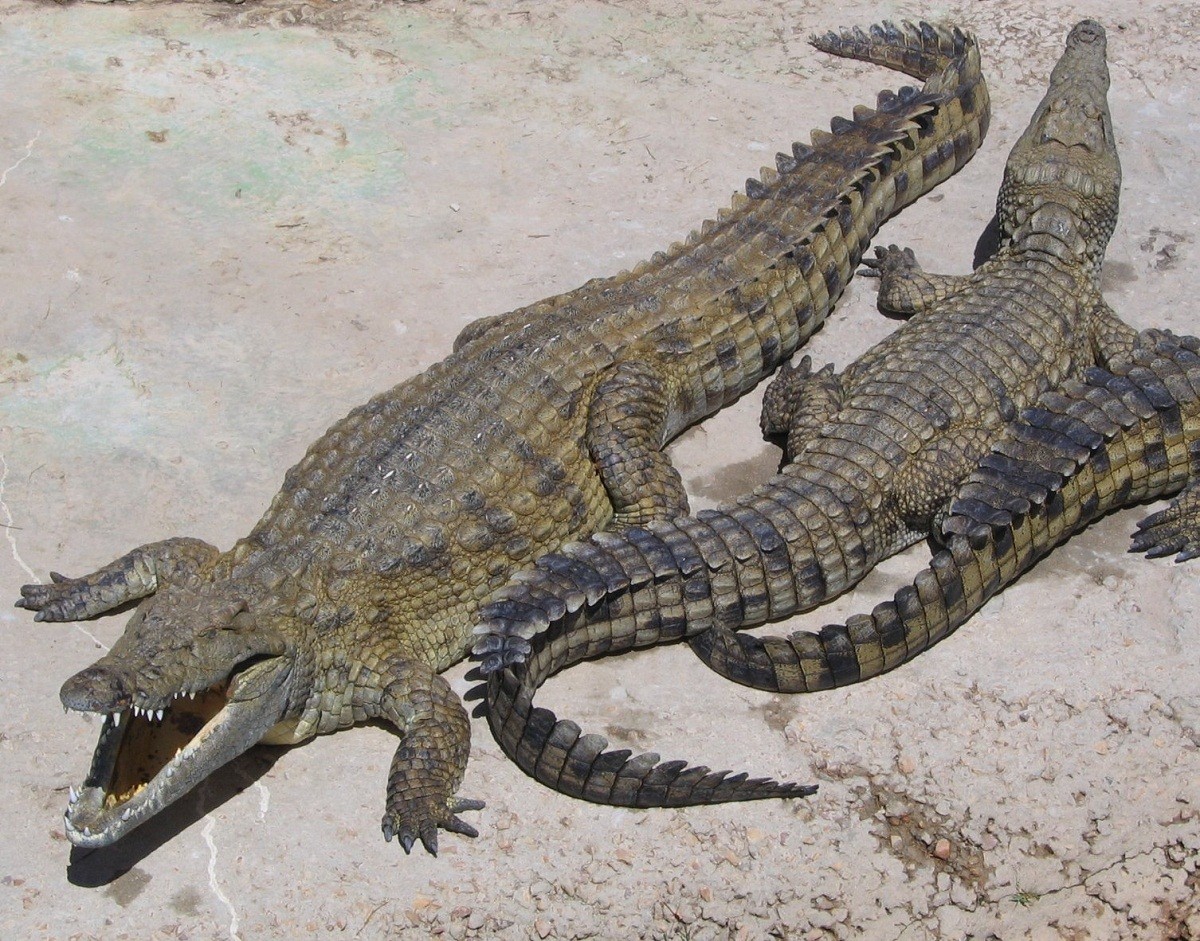
The Nile crocodile feeds on different types of prey; any animal approaches it. It has the ability to grab the large wild buffalo. It eats the entire prey, including its bones and horns. Like other predators, it can wait for its prey for hours, days, and even weeks with great patience. Once the prey comes close and is captured, and cannot escape from the crocodile's blitz attack, even with its agile moves. Yet, Nile crocodile he can live without food for 47 days.
According to studies, Nile crocodile lives widespread throughout Africa, especially in sub-Saharan Africa, in the central, eastern and southern regions of the continent. This species usually lives in fresh lakes and rivers, and favors living in large areas of shallow water, stagnant rivers and open marshes. Although capable of living in saline environments, this species is rarely found in saltwater, but occasionally inhabits deltas and brackish lakes.

In the past, the Nile crocodile was widespread from Ethiopia to the Mediterranean. It could be seen along the river lying on sands. However, with the construction of the High Dam, its presence has become limited to Lake Nasser, usually seen on the sandy stretches of the lake in large gatherings. It is a social organism, which shares everything from sun to food sources and huge prey.
These reptiles often follow strict rules, which they never violate. Big and older males have a priority in getting food, and choosing the best places to sunbathe. In case of rebellion, the results are fatal, and they can kill each other.
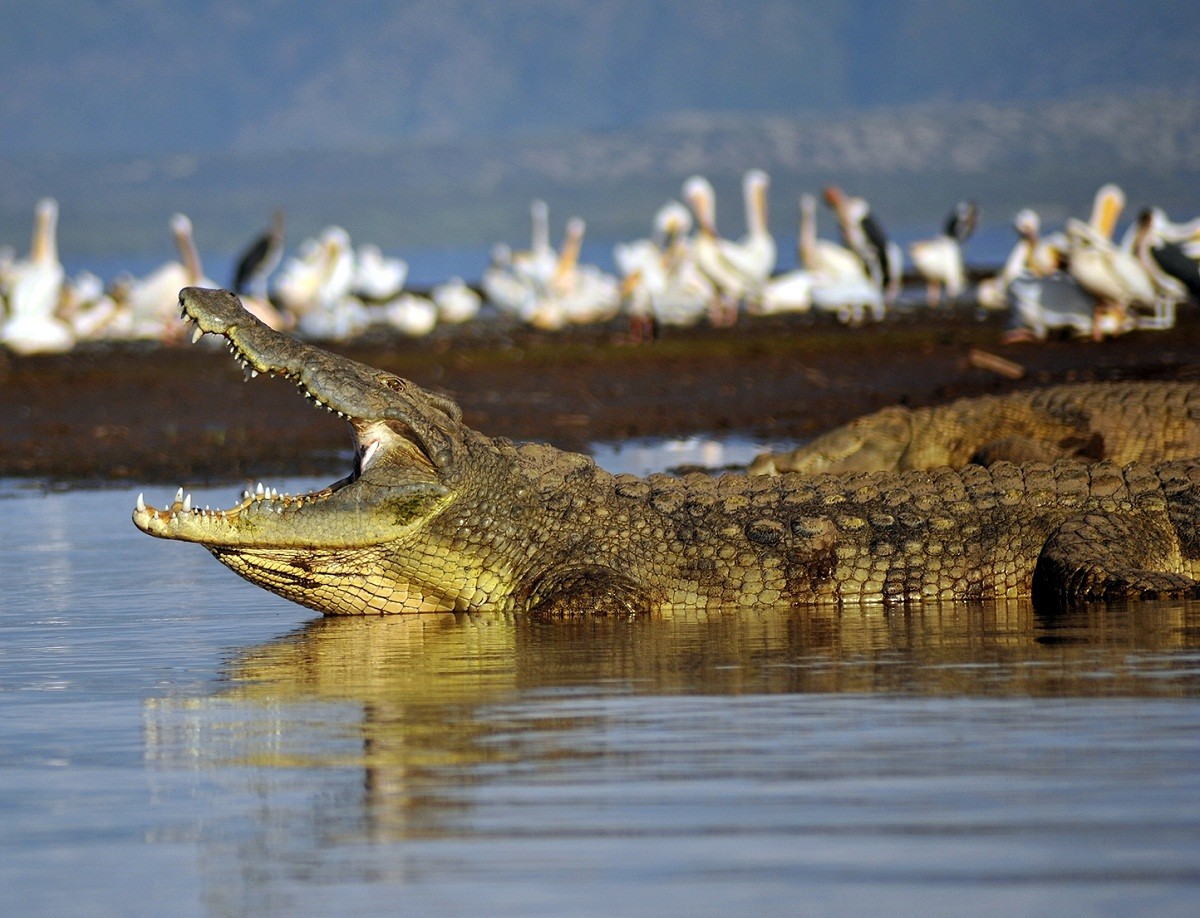
Like most reptiles, crocodiles lay eggs similar to those of hens, but larger, and have less bright skins. Breeding season is in summer. They mate in shallow water, and females nest at the edges of sandy beaches or riverbanks. Females can lay up to 100 eggs. They deposit their eggs in nests of waste and plants, or burry them in sands. Females guard and protect their nests vigorously, until eggs hatch after three months of egg-laying. They carry their hatchlings in their mouths to water. Mongoose and cattle egret are the greatest threats facing crocodile eggs.
The Nile crocodile family includes 3 species and 14 types. The Nile crocodile is the largest and the most dangerous crocodile in Africa. It is famous for attacking humans. It can live in wildlife for up to 45 years. If it is got caught and lives in public gardens, it may live up to 80 years.
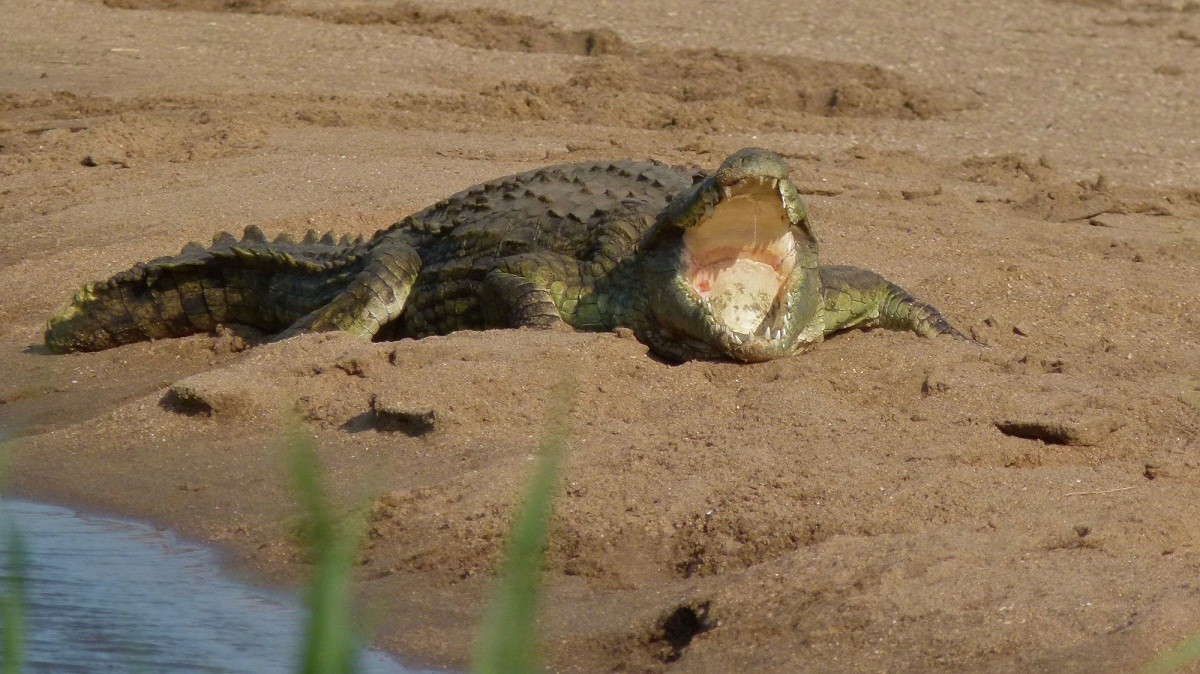
"Crocodile Tears" is a famous expression that is used by Egyptians to describe tears of false remorse. The crocodile is usually seen crying after eating his prey. In fact, these tears are not of remorse over killing the victim. Rather, they are for cleansing of the eye. Like all other crocodiles, the Nile crocodile has a third eyelid to protect his eye against water. It also has a lacrimal gland that cleanses the eye from the victim's blood, or from flying sand and clay particles.
Despite the strength and ferocity, crocodile cannot tolerate physical stress. Some people even kill it through placing it under stress. This is due to the high levels of lactic acid in the crocodile's blood. This acid enables it to sit still for long periods. It can sit still for two hours. With exhaustion, lactic acid in its blood rises to proportions that can kill it.
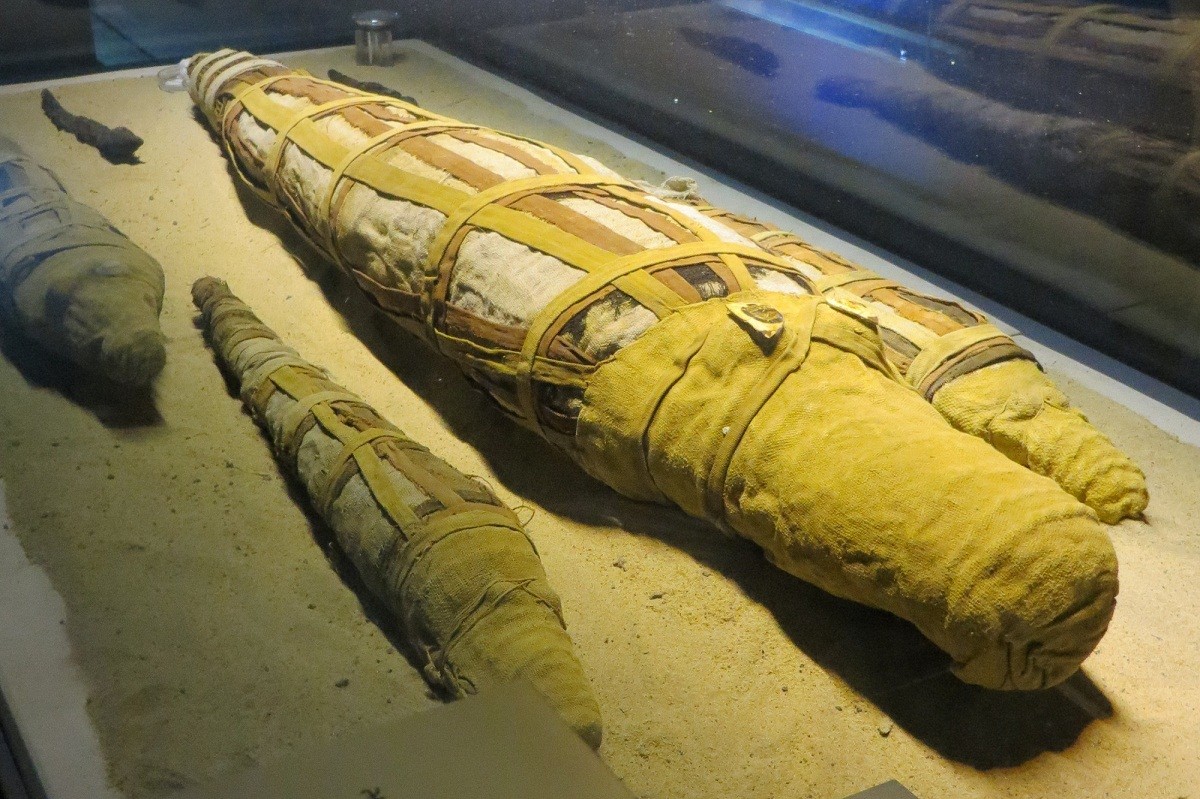
Egypt has the world's largest museum for an animal. It is the Crocodile Museum, next to Kom Ombo Temple. It includes 22 mummified crocodiles dating back to the Pharaonic times, among the 50 crocodiles found near the temple. These mummified crocodiles are of different ages and lengths; some were just embryos, and some were young or old. The longest is of 5.5 meters. Moreover, there are 8 crocodiles in coffins and burial rolls.
The museum shows how to mummify crocodiles via five mummies. It shows the process of crocodile mummification, which was carried out as accurate as the mummification process of kings or beings in general. In addition, the museum displays a litter; a wooden table on which mummified crocodiles were offered sacrifices, and was located inside the cemetery as a wooden cabin.

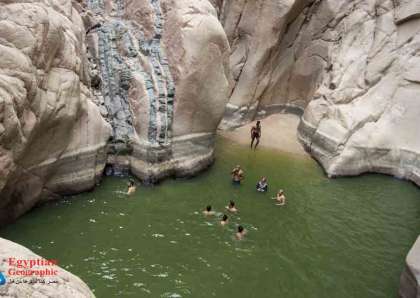

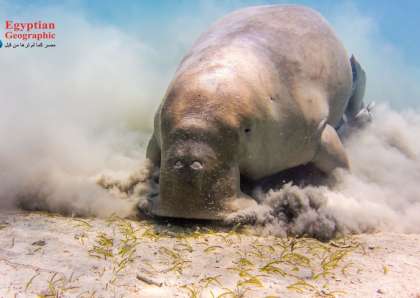
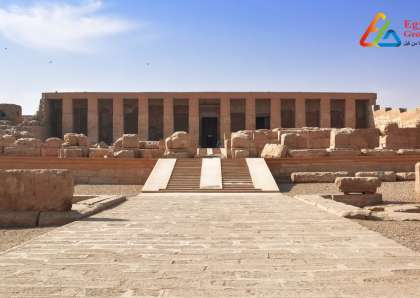
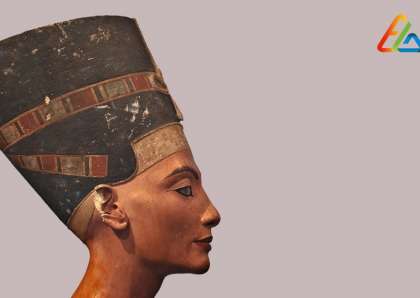
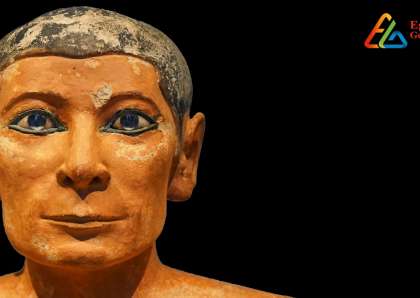
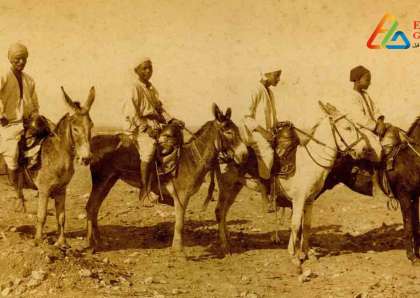
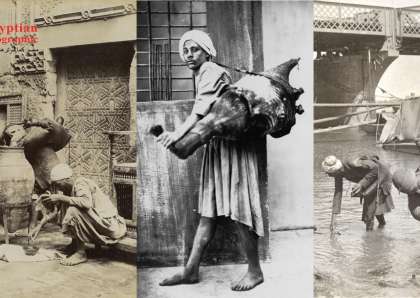
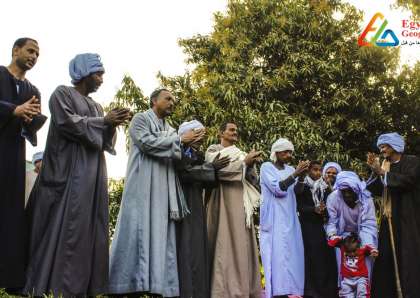
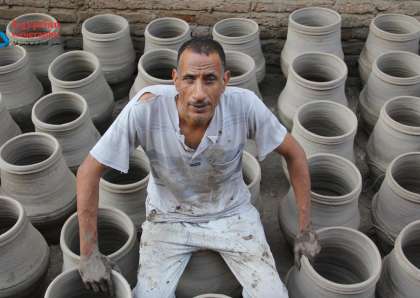






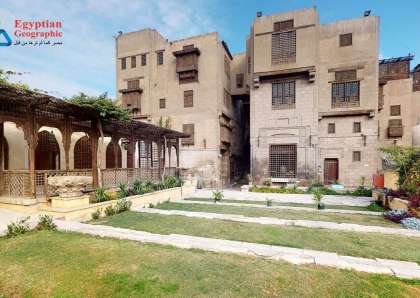
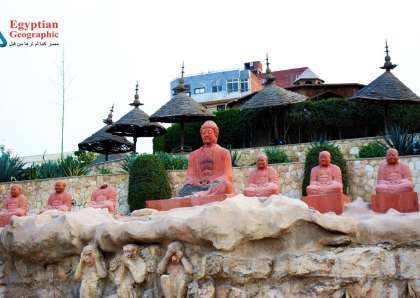
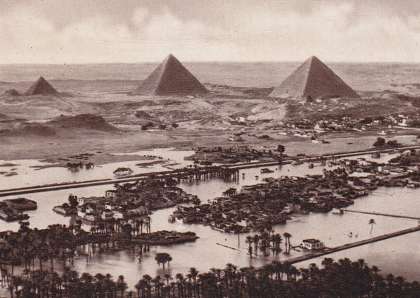
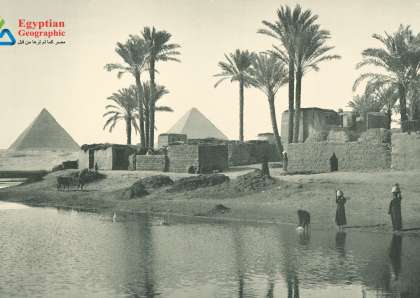

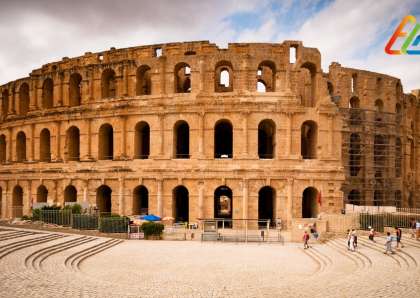
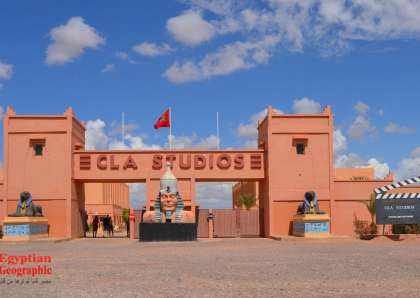
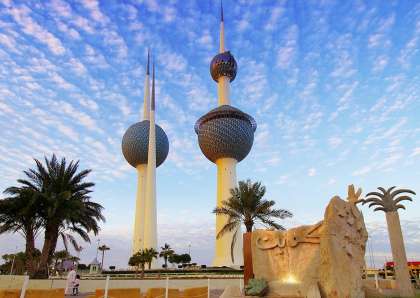
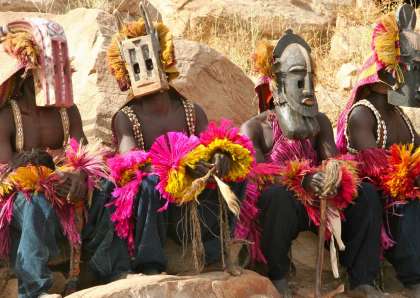

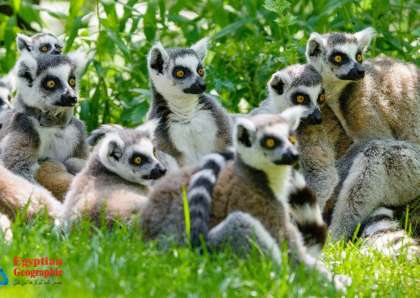
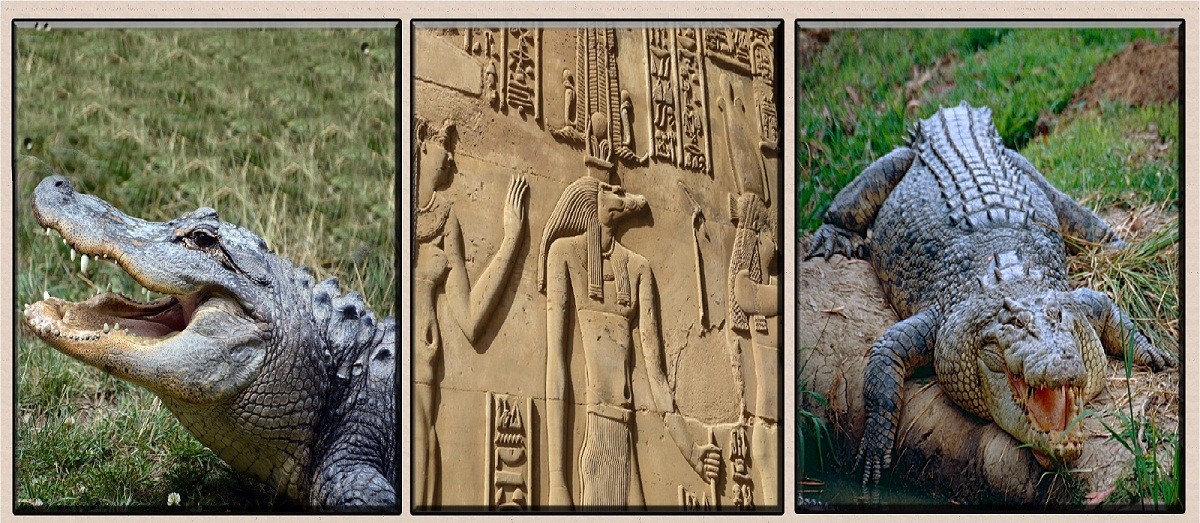








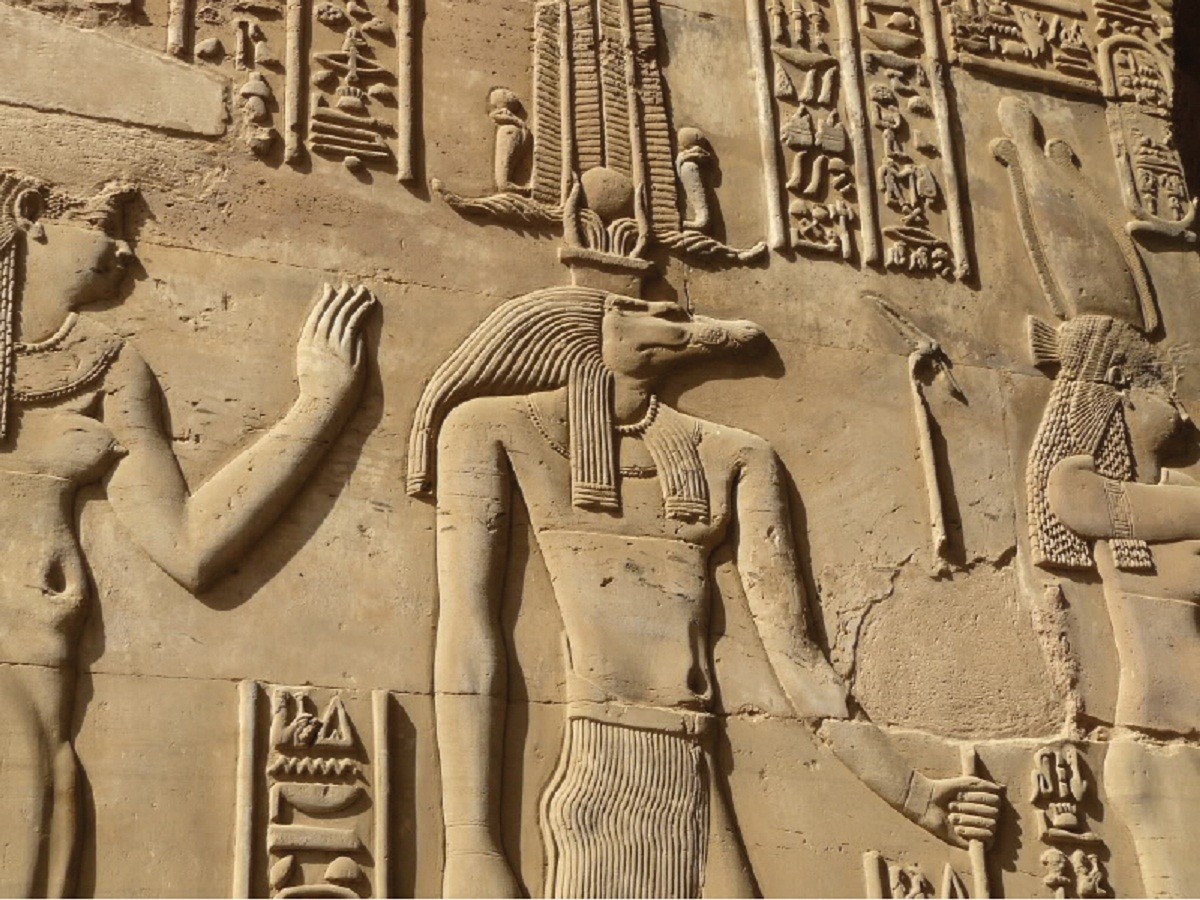
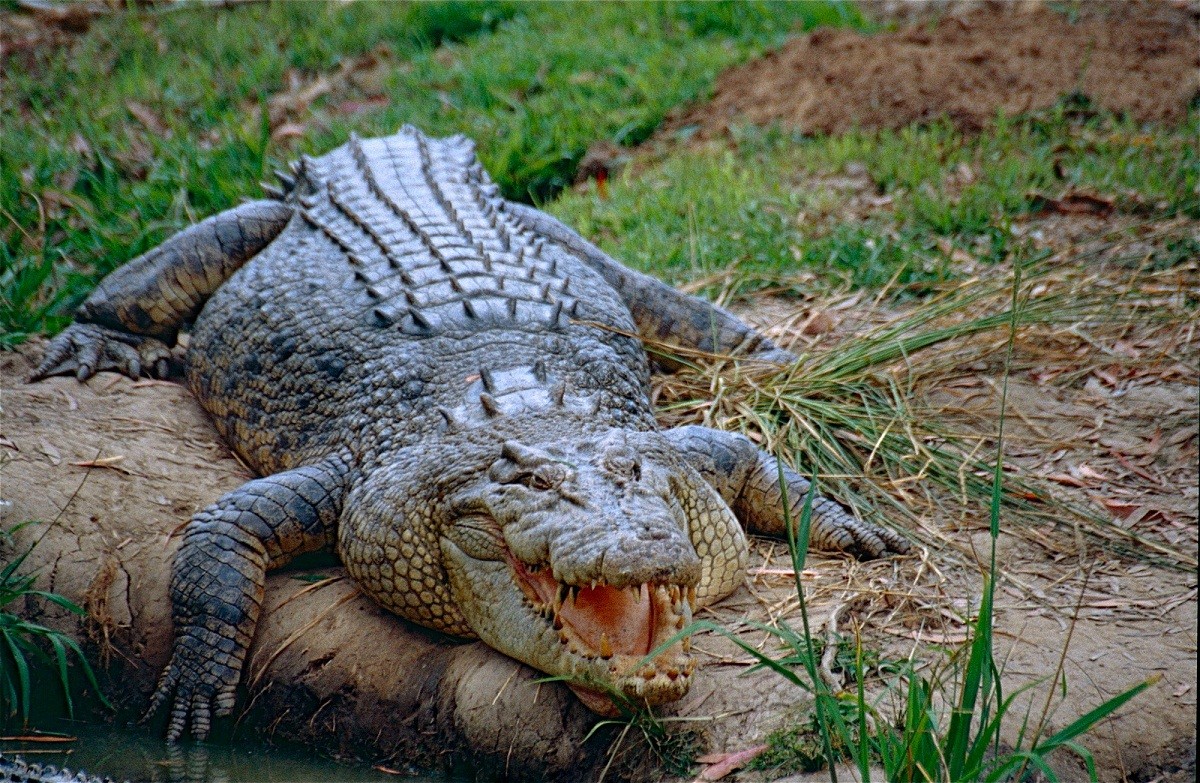
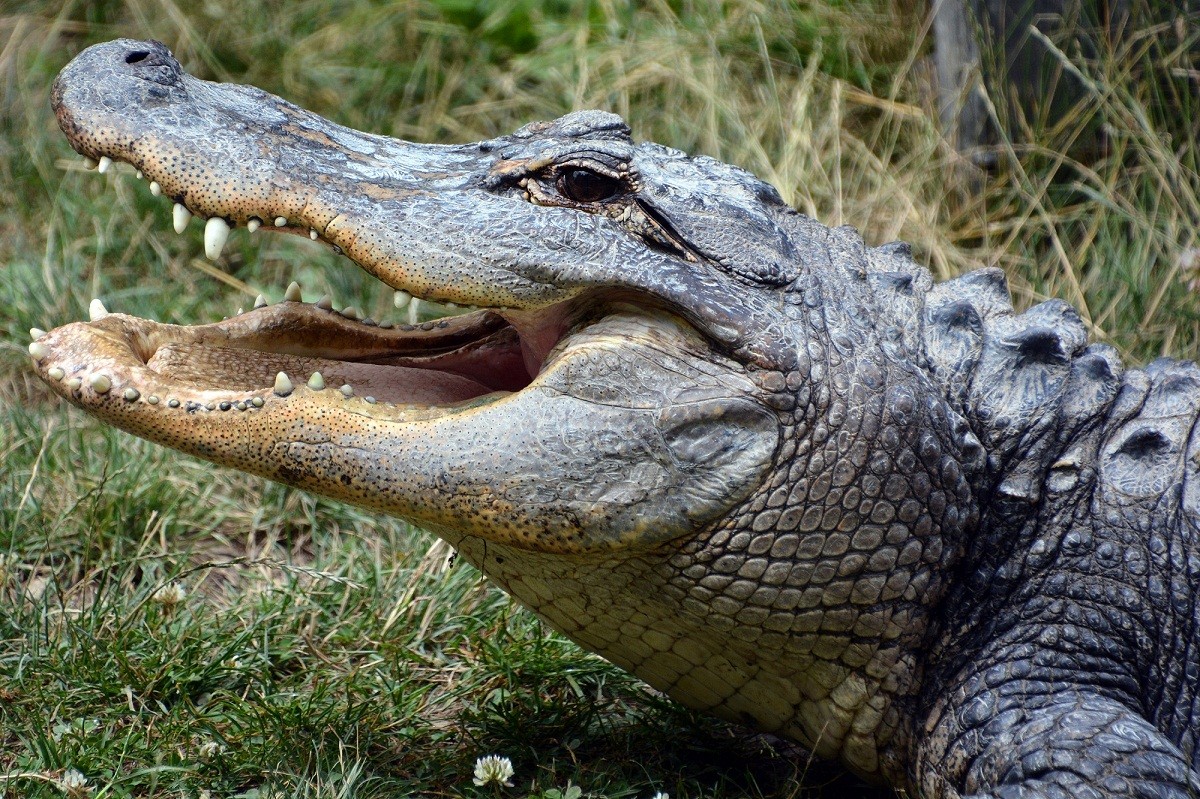
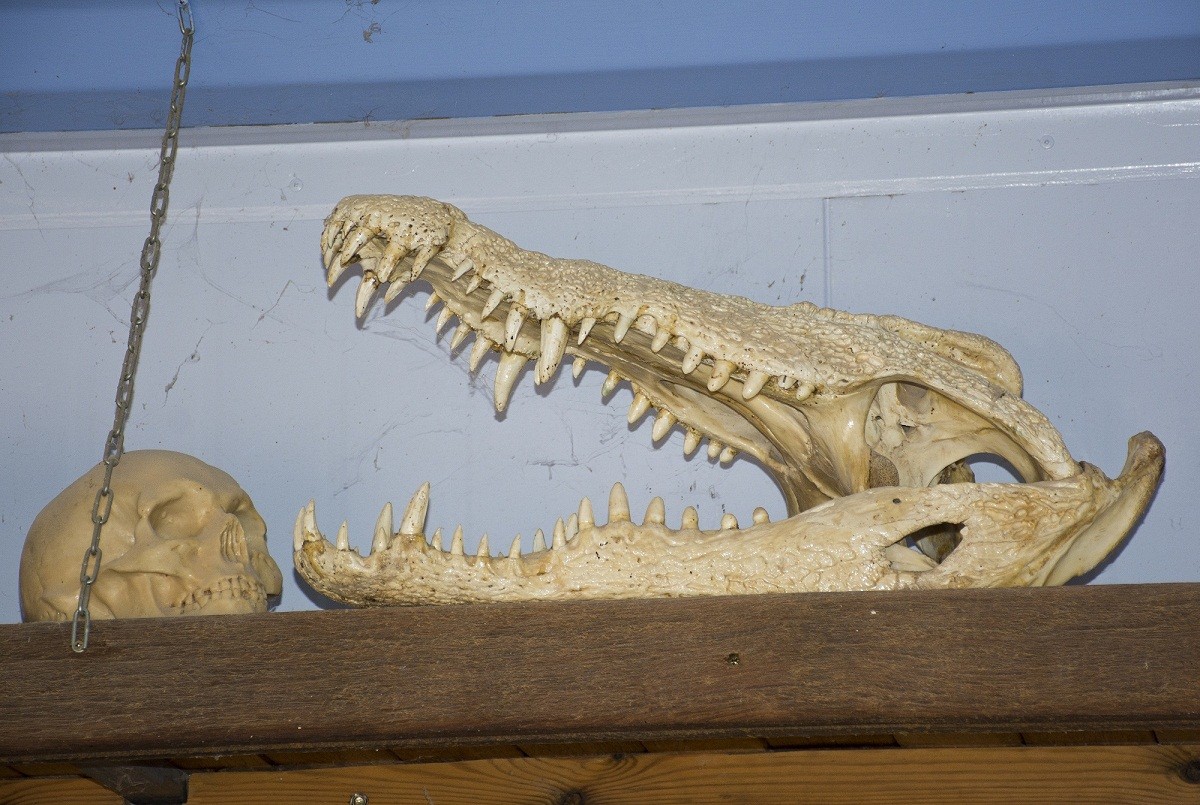
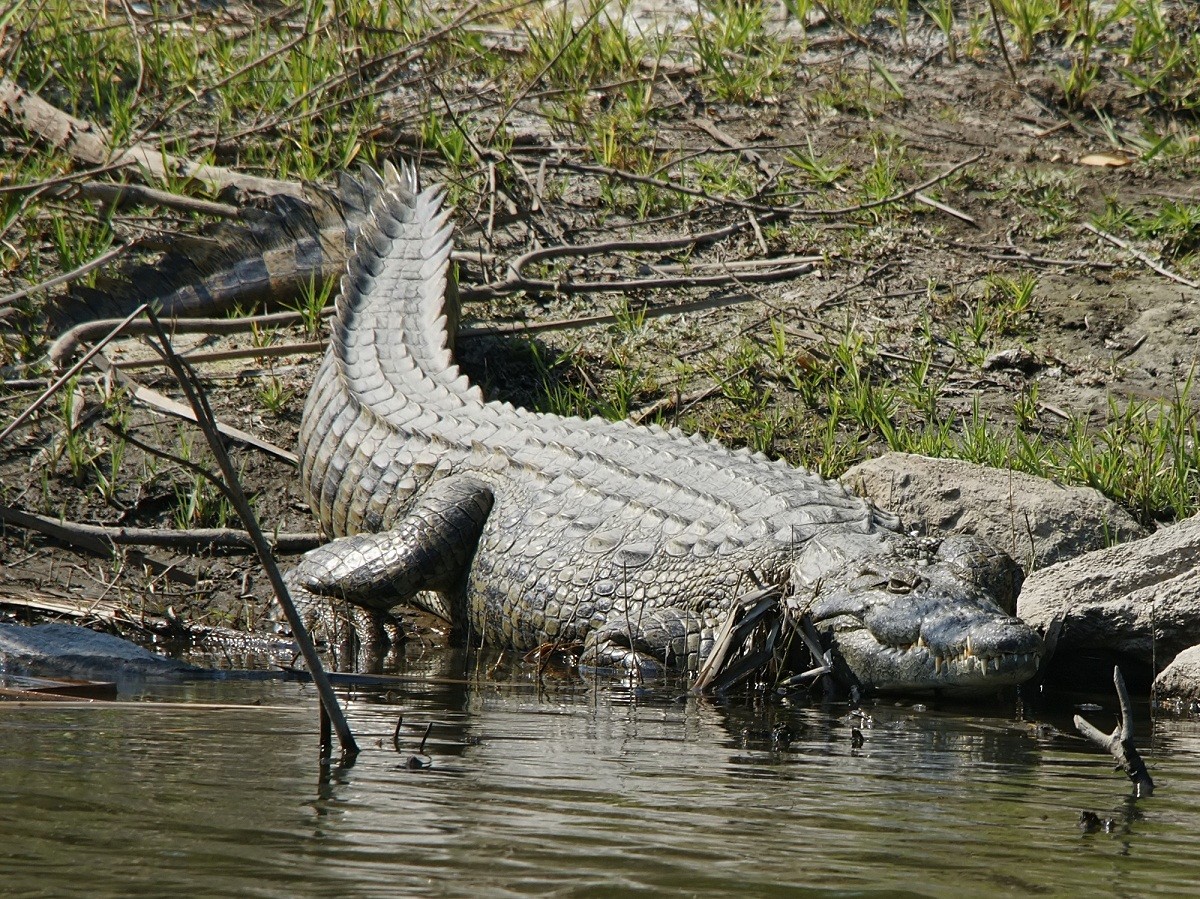
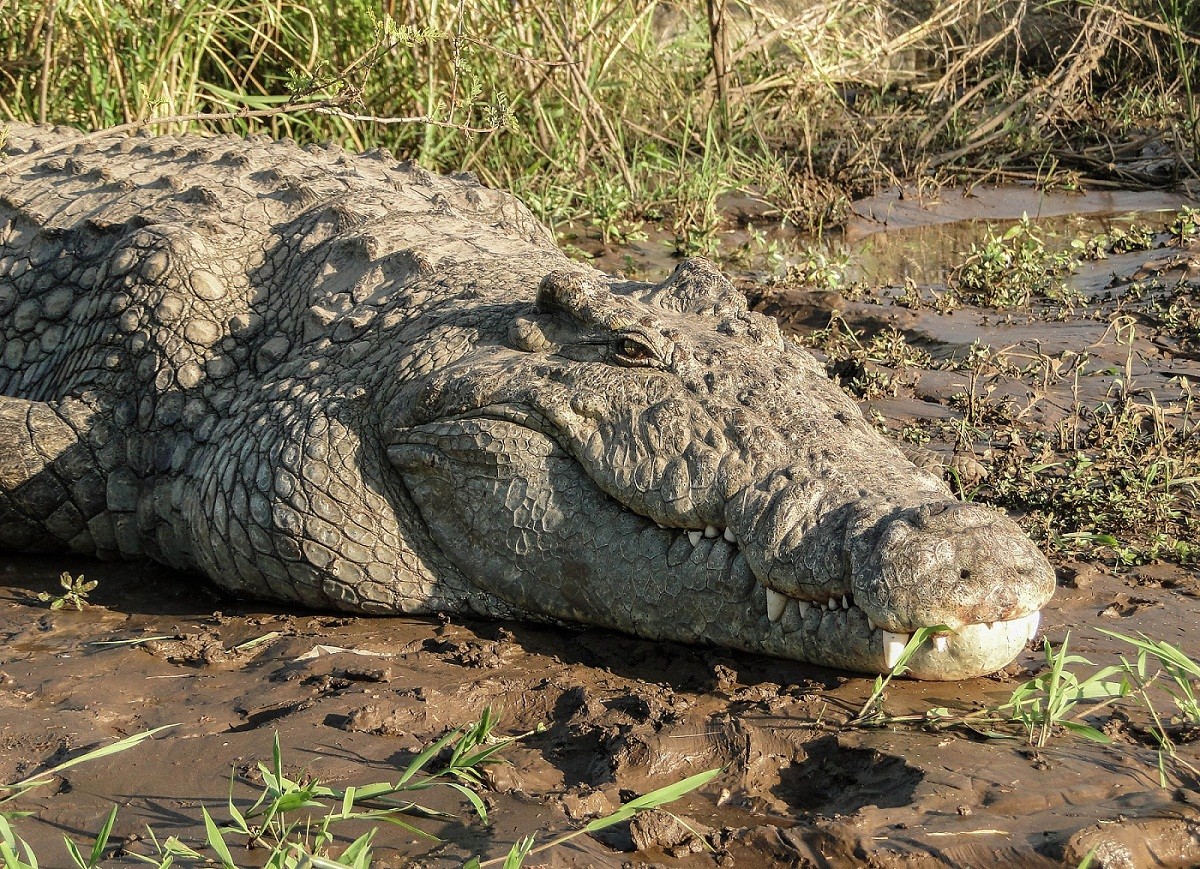
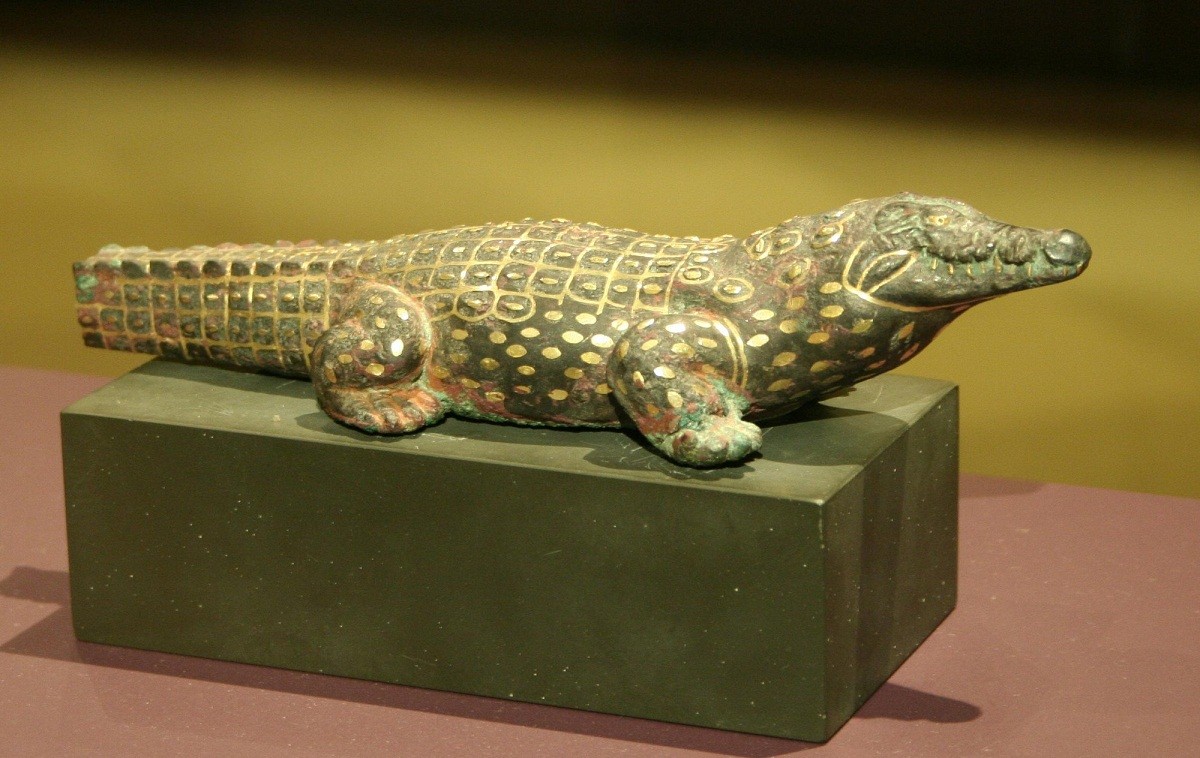


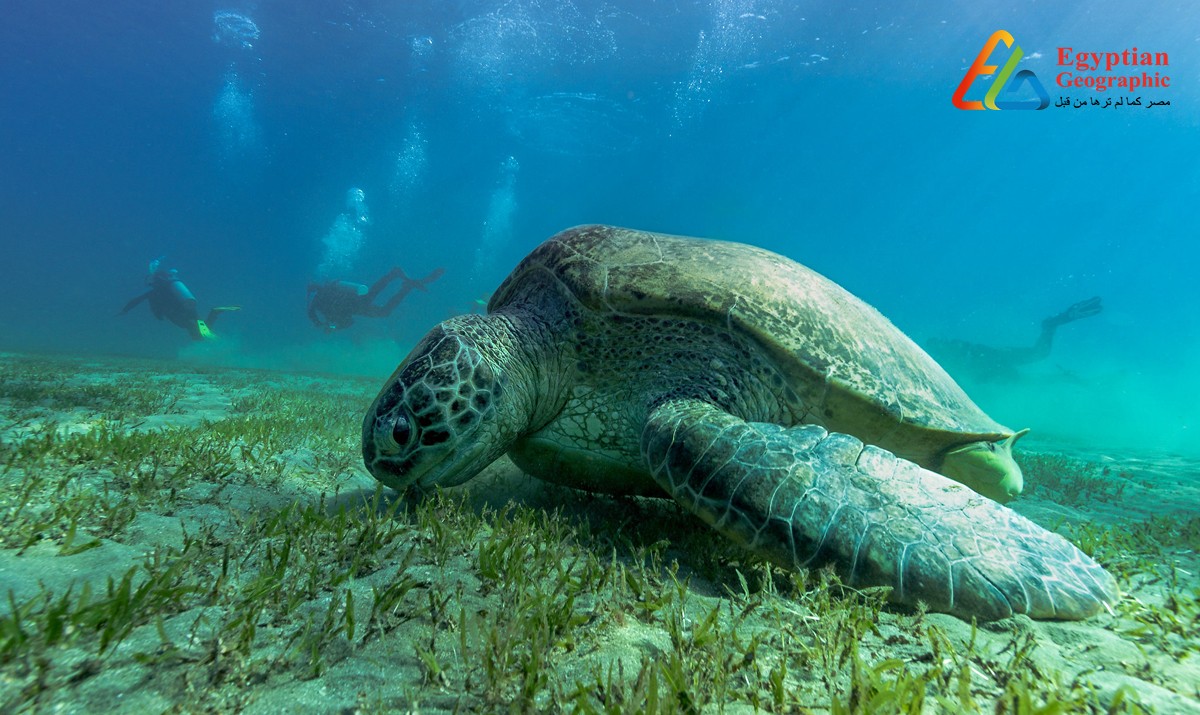
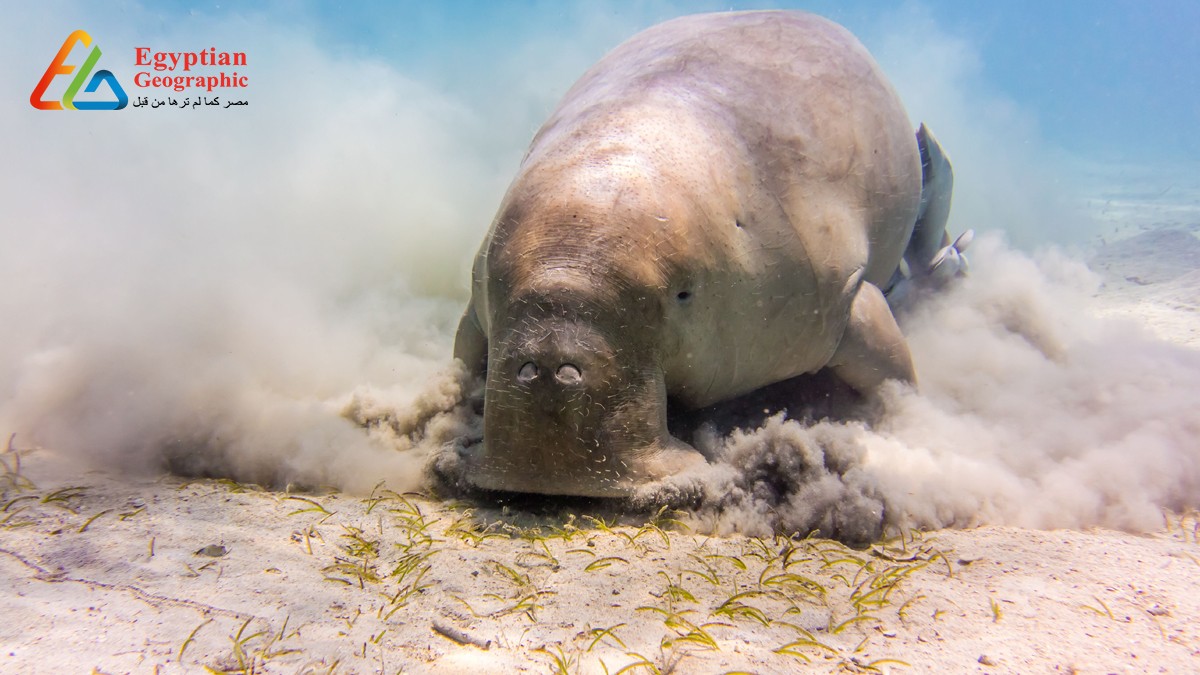











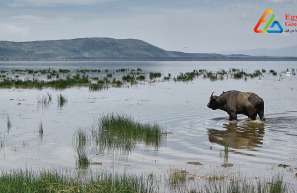
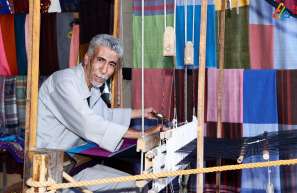
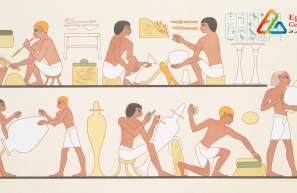
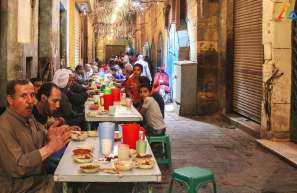

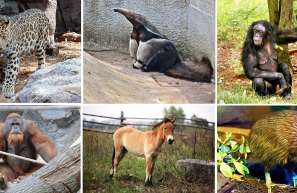
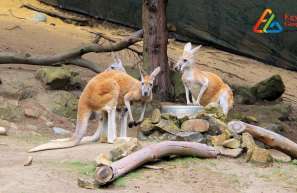








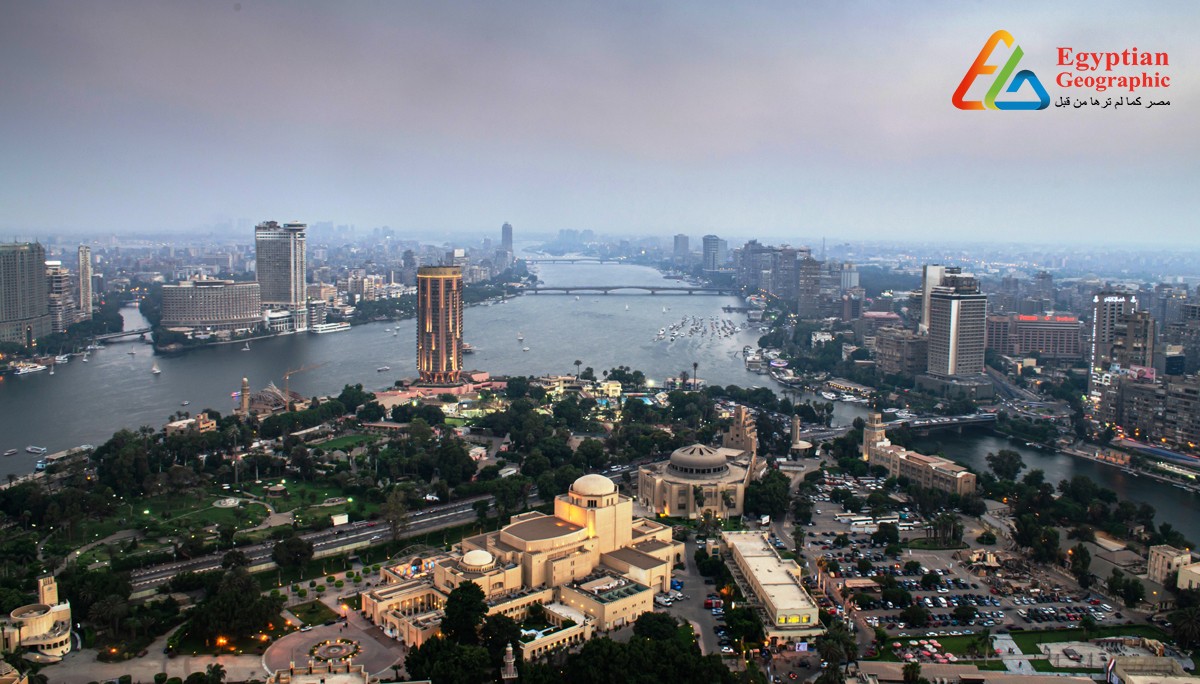
مجلة علمية معرفية وثائقية تتناول الشخصية المصرية